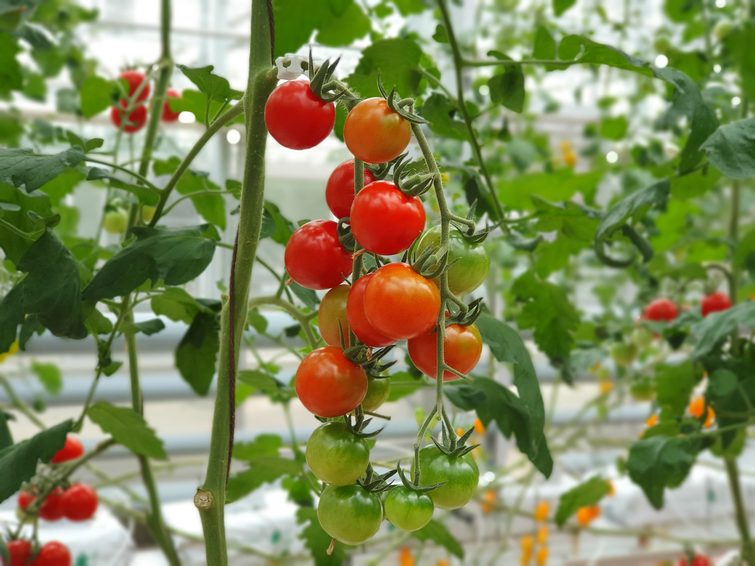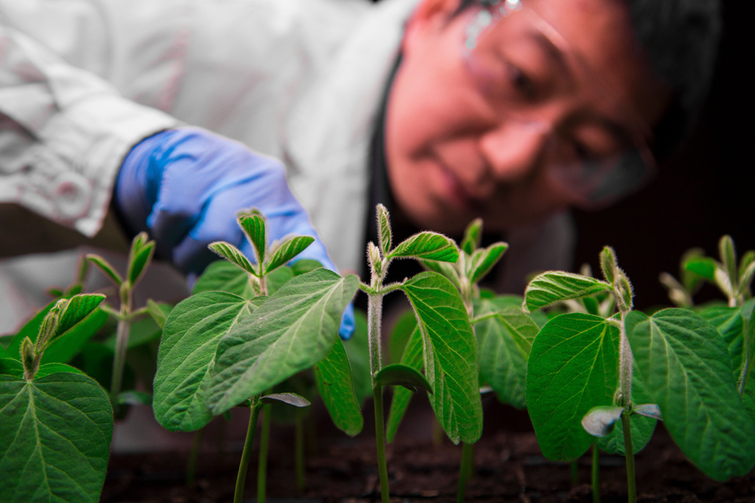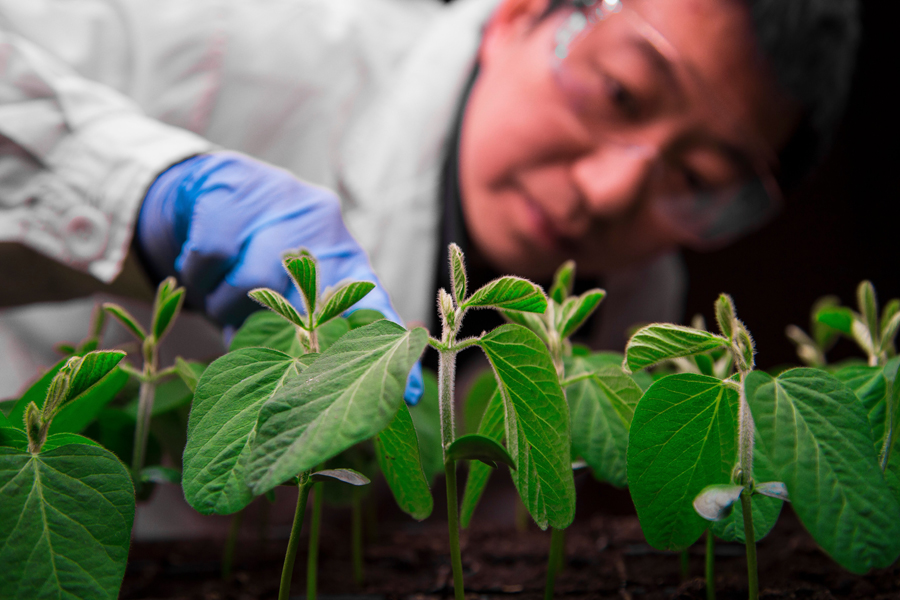
The Good Growth Plan
The Good Growth Plan: a bold new set of commitments for our future

Time for action : Partnering for Impact
Climate change is an existential threat, and we need to act before it is too late. The effects are a huge challenge for farmers and farm workers trying to ensure the world’s supply of food. The Covid-19 pandemic has further highlighted the fragility of the agriculture ecosystem, putting even more strain on those earning a living from farming than before.Our Good Growth Plan aims to take on these challenges by making agriculture more resilient and sustainable and driving a better, greener, recovery.
p { margin-bottom: 0.25cm; direction: ltr; line-height: 115%; text-align: left; orphans: 2; widows: 2; background: transparent }a:link { color: #0563c1; text-decoration: underline }

We have come a long way: Sustainability Report
When we first launched The Good Growth Plan in 2013, we had great ambitions to improve the sustainability of agriculture and our business. We set six hard, stretch targets to be met by 2020 – and we achieved most of them early.Out of this came measurable benefits for farmers, the people they feed and the planet we all share. And we learned some very important lessons. These helped shape the actions we now intend to take.
p { margin-bottom: 0.25cm; direction: ltr; line-height: 115%; text-align: left; orphans: 2; widows: 2; background: transparent }a:link { color: #0563c1; text-decoration: underline }

Farmers on the front line: Stewardship
Farmers are the first to suffer from extreme weather and agriculture has a pivotal role to play in fighting climate change.We must help farmers address it with new technologies and services, both to mitigate and adapt to the effects of climate change. According to our recent survey with Ipsos MORI, 72% of farmers are worried about the impact climate change will have on their ability to grow food over the next five years.
p { margin-bottom: 0.25cm; direction: ltr; line-height: 115%; text-align: left; orphans: 2; widows: 2; background: transparent }a:link { color: #0563c1; text-decoration: underline }
Our new commitments

Investing to discover breakthrough technologies
Our investment will be where it matters most to farmers and nature. We have committed to spend $2 billion over 5 years from 2020 to increase agricultural productivity in a sustainable and responsible way to advance regenerative agriculture. Only investments that contribute to breakthrough outcomes will count towards our target of $2 billion. They must provide breakthrough technologies or have clear benefits, such as using fewer pesticides, less water or avoiding clearing land for farming.Our investments are decided through the Sustainability Investment Criteria which is a five-step assessment process.
p { margin-bottom: 0.25cm; direction: ltr; line-height: 115%; text-align: left; orphans: 2; widows: 2; background: transparent }a:link { color: #0563c1; text-decoration: underline }

Achieving breakthroughs every year
When we talk about sustainable technology breakthroughs, we mean innovations that are designed to reduce agriculture’s contribution to climate change, mitigate its effect on the food supply and provide farmers with the tools they need to manage their land sustainably.Our innovations will benefit farmers everywhere: the world’s 8 million large-scale farmers and the 450 million smallholders who provide much of our food.
p { margin-bottom: 0.25cm; direction: ltr; line-height: 115%; text-align: left; orphans: 2; widows: 2; background: transparent }a:link { color: #0563c1; text-decoration: underline }

Striving to meet consumers’ expectations
We stand by the safety of our highly regulated products and the role they play in protecting food quality and safety. Nonetheless, we have listened to society and will work with partners to further reduce residues in crops without impacting farmer productivity, while continuing to improve soil health and prevent soil erosion.One example of how we go about this is our Fruit Quality Contract in Europe, the US and Latin America. This empowers farmers to continually manage and reduce residues to meet ever-changing value chain demands. For more than 10 years, we have been developing individual agronomic protocols for farmers and providing them with digital tools, allowing them to reduce their use of crop protection products and to apply them as efficiently as possible.
p { margin-bottom: 0.25cm; direction: ltr; line-height: 115%; text-align: left; orphans: 2; widows: 2; background...
